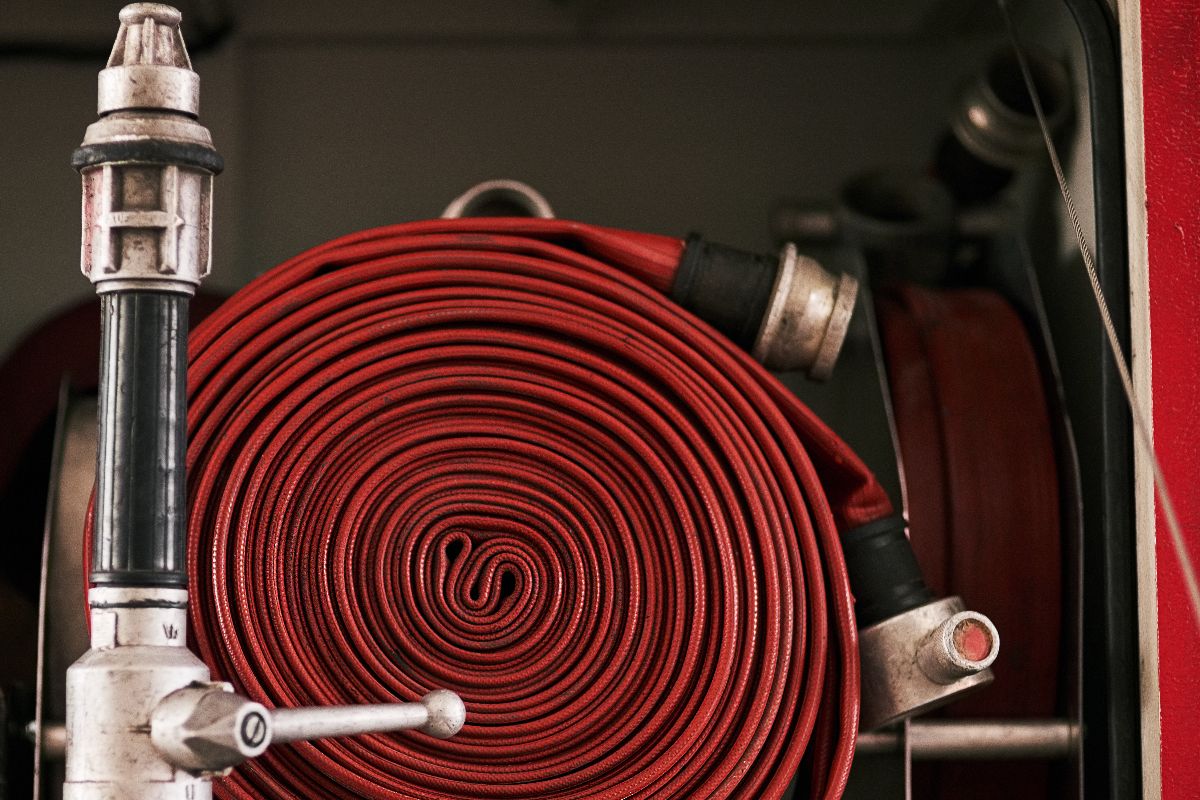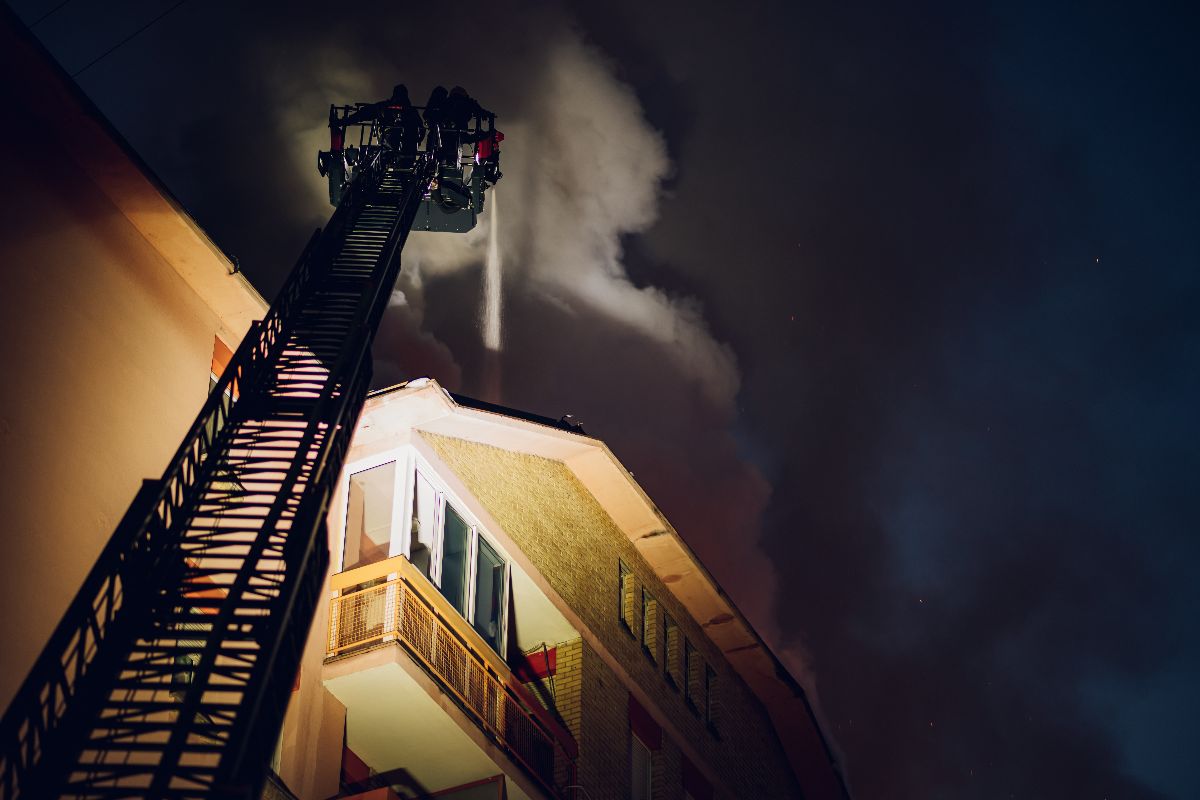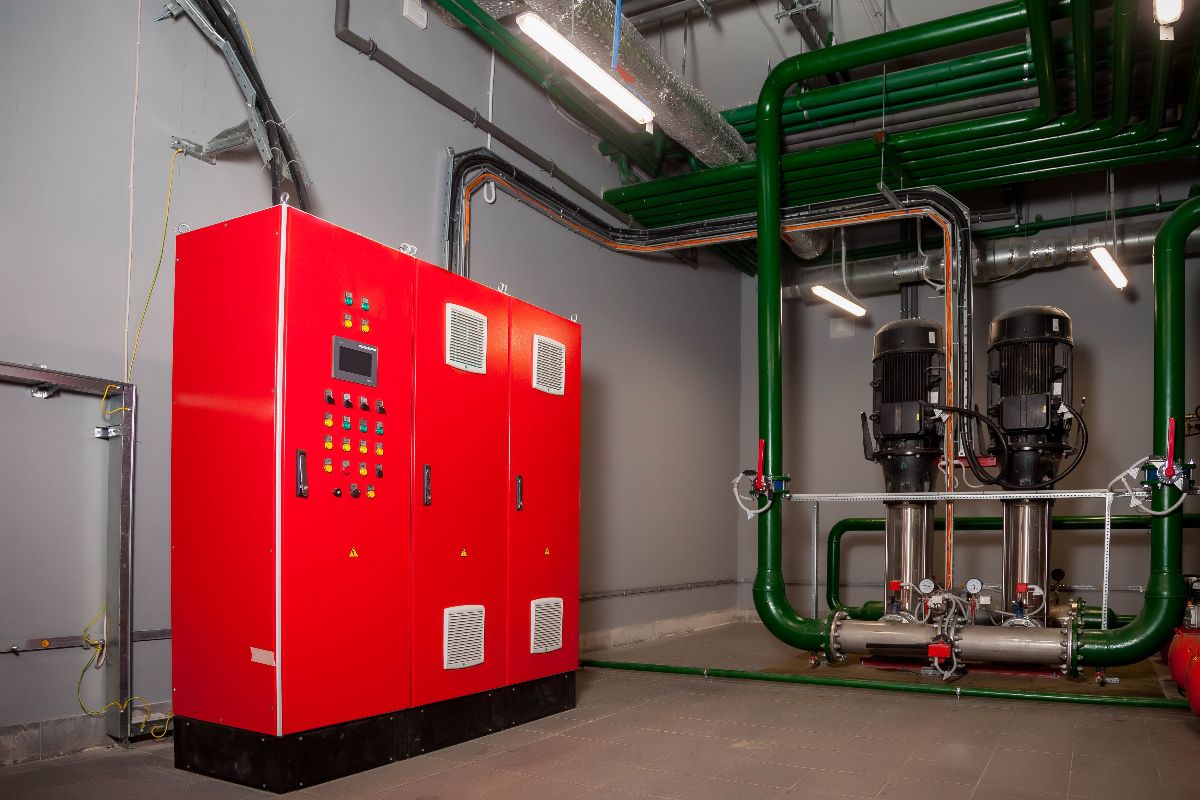Maintenance Checklist for a Commercial HVAC System
 January 17, 2023
January 17, 2023

What should you include in your HVAC maintenance checklist?
- Regular Inspections
- Cleaning
- Checking Refrigerant Levels
- Replacing Air Filters
- Lubricating Moving Parts
- Calibrating Thermostat
- Checking Ductwork for Leaks
It is crucial to regularly inspect your commercial HVAC system as it plays a vital role in ensuring the comfort and safety of building occupants. Neglecting maintenance can lead to decreased performance, increased energy costs, and potential safety hazards. To maintain its proper functioning, we have created a maintenance checklist for a commercial HVAC system.
What are the components of a commercial HVAC System?
A commercial HVAC system typically consists of the following components:
- Air handler: This component is responsible for circulating air throughout the building.
- Ductwork: The ductwork distributes the air from the air handler to the various rooms in the building.
- Refrigerant: Refrigerant is the substance that cools the air in the HVAC system.
- Condenser: The condenser removes heat from the refrigerant and releases it to the outside air.
- Evaporator: The evaporator cools the air in the building by absorbing heat from it.
- Thermostat: The thermostat controls the temperature in the building by regulating the operation of the HVAC system.
Regular Maintenance by a Professional
Now that you know the basic parts, here is the list for the maintenance of commercial HVAC systems:
Regular Inspections
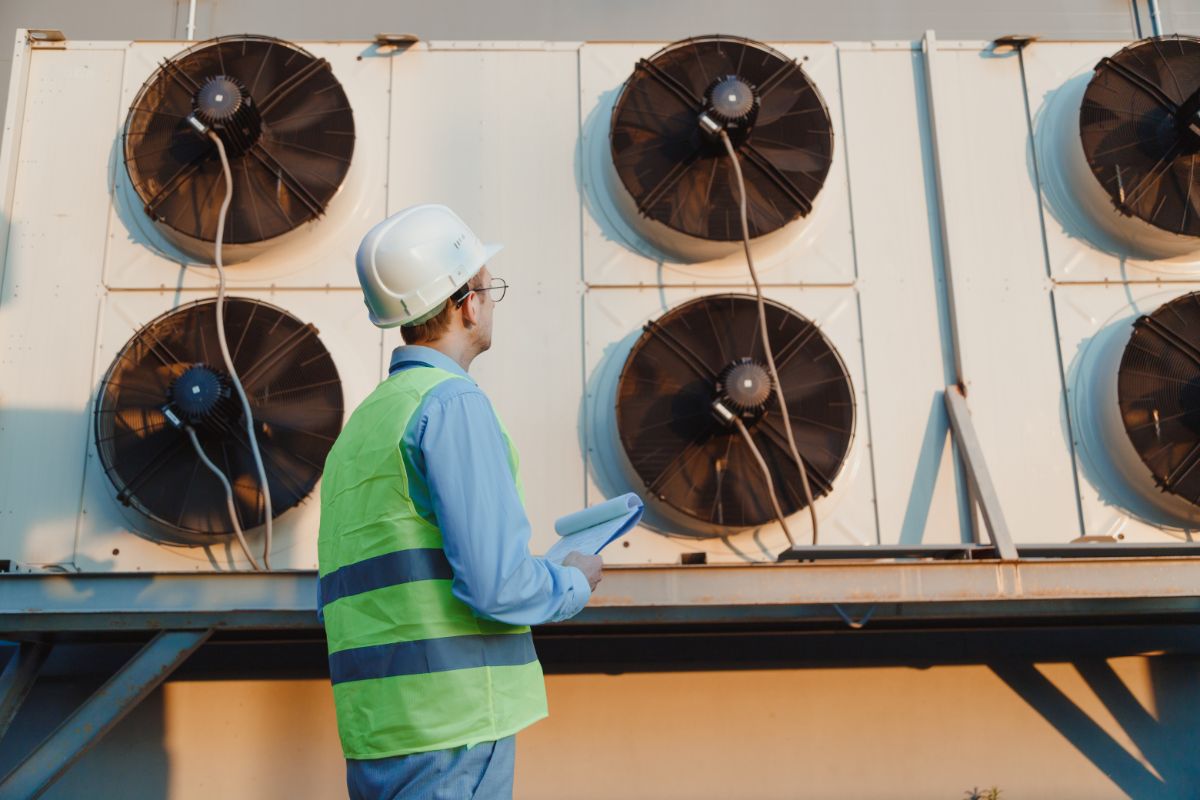
The HVAC system must be checked frequently to guarantee good performance. This includes searching for any wear, damage, or leaks in the air handler, ductwork, refrigerant, condenser, and evaporator. Regular inspection of your commercial HVAC system is a necessary safety precaution. It results in improved air quality compared to an uninspected system. Spending money on HVAC maintenance is therefore justifiable. Prompt repairs increase system efficiency and result in higher-quality air, rather than waiting for a major breakdown to occur.
Cleaning
To prevent dust, dirt, and other debris from impairing the HVAC system’s function, the air handler, ductwork, and other parts should be cleaned frequently.
To maintain the outside unit, clear any debris within two feet of it. The outside unit comprises a compressor, condenser coil, and fan which perform the majority of the work in keeping your home at a comfortable temperature. Regular cleaning of the condenser coils, by gently removing dirt and accumulated debris, is necessary to ensure their proper functioning.
Checking Refrigerant Levels
To make sure the refrigerant level in the HVAC system is at the right level, it should be checked frequently. Low refrigerant levels can harm the compressor and make the HVAC system operate less effectively.
Replacing Air Filters
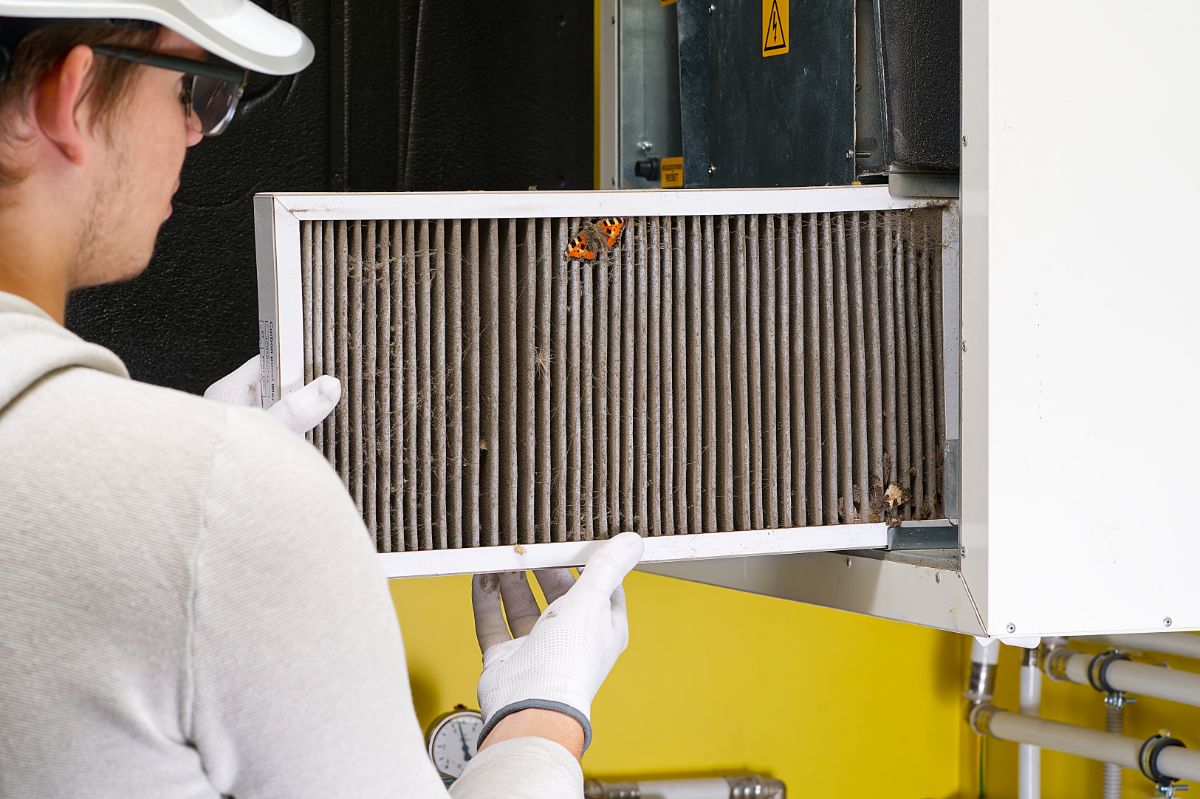
Having dirty filters on your commercial HVAC system will not do its work! That is why it is advisable to have it replaced every three months. The HVAC system’s air filters should be changed to ensure appropriate airflow and eliminate any impurities in the air.
Lubricating Moving Parts
To keep the HVAC system operating smoothly and to lessen friction and wear, the moving parts should be oiled frequently.
Calibrating Thermostat
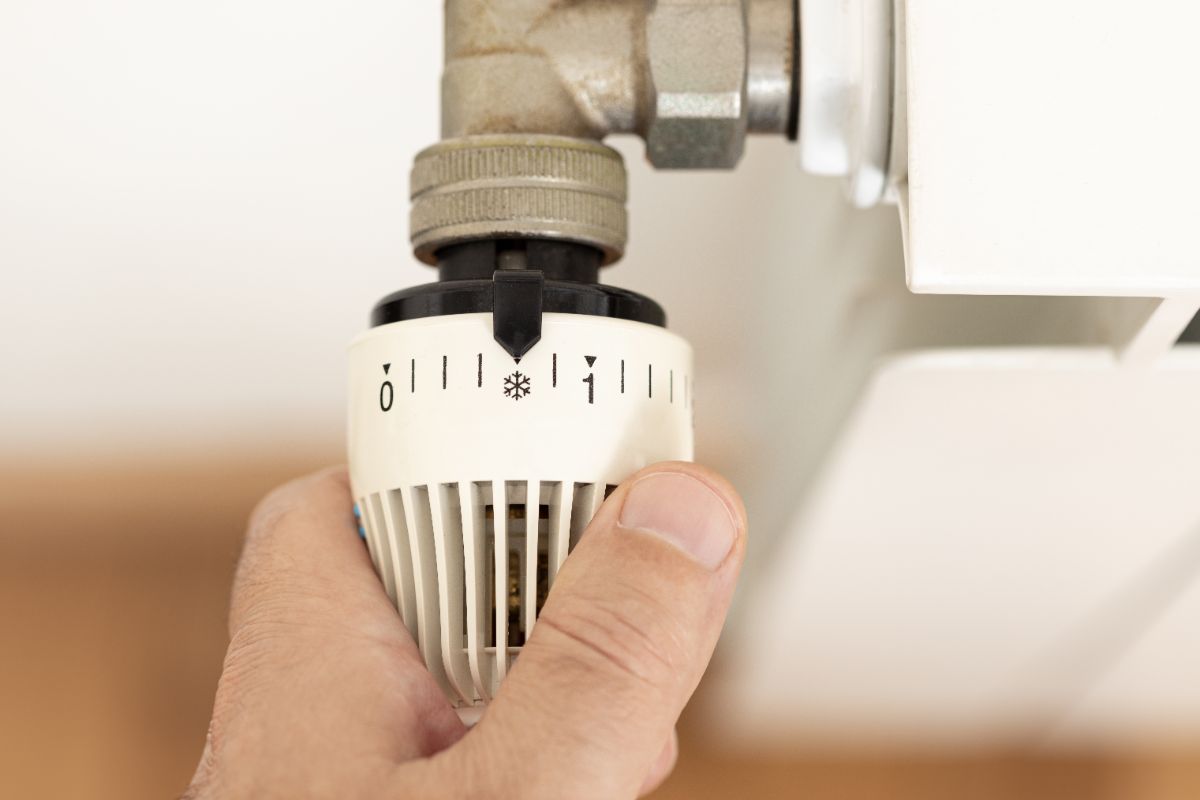
To ensure the thermostat is accurately regulating the building’s temperature, it should be calibrated regularly. Simply switch on the air conditioning and lower the thermostat to observe whether your air conditioning starts to operate. If there is no chilly air, contact a specialist to investigate.
Checking Ductwork for Leaks
Check for leaks in the ductwork as they can decrease the efficiency and cost-effectiveness of the HVAC system. To locate the leaks, turn on the HVAC system and go to the suspected areas. By placing your hand on the metal, inspect the connections between each section of the duct. If you feel the air on your hand, it indicates a loose connection and a leak. The duct couplings are a common location for such leaks.
Why should you have regular maintenance by a professional?
Routine maintenance by a qualified HVAC specialist is essential for the proper, safe, and efficient functioning of the system. This includes performing necessary repairs, cleaning the components, lubricating moving parts, and monitoring refrigerant levels. Ducts should be inspected and cleaned every 3-5 years, as clogged ducts obstruct airflow and harbor dust mites, bugs, and bacteria. The specialist will have the opportunity to identify any potential major issues that could lead to system failure.
Key Takeaway
This maintenance checklist is specifically for commercial HVAC systems. By following the steps outlined in this blog post, building owners and managers can maintain their HVAC system in top condition and provide optimal comfort and safety for building occupants.
If you’re looking to install a commercial HVAC System, contact us here at Industrial.PH. We are the leading engineering solutions provider in the country, ready to help you with the industrial machinery that you need including HVAC systems.
